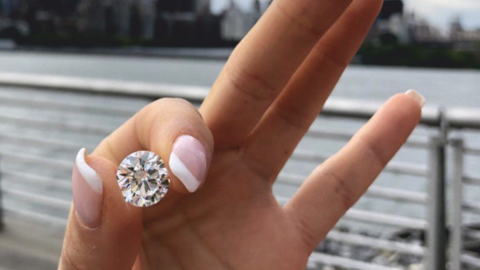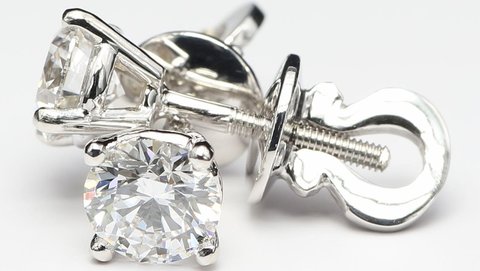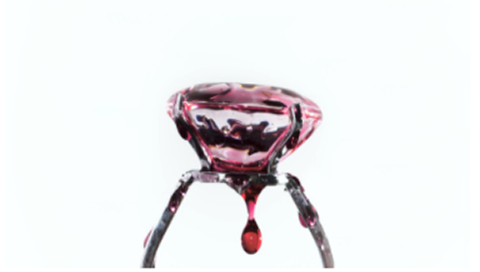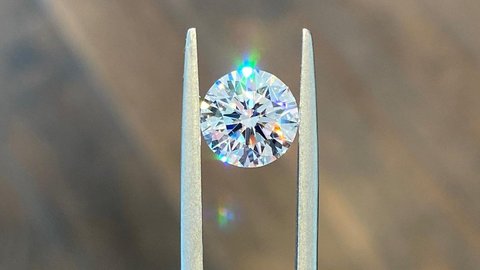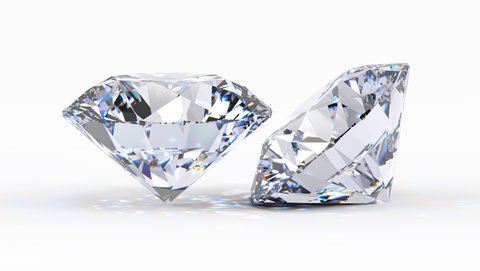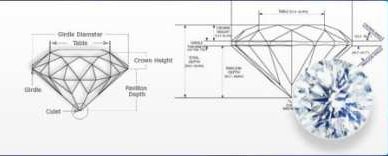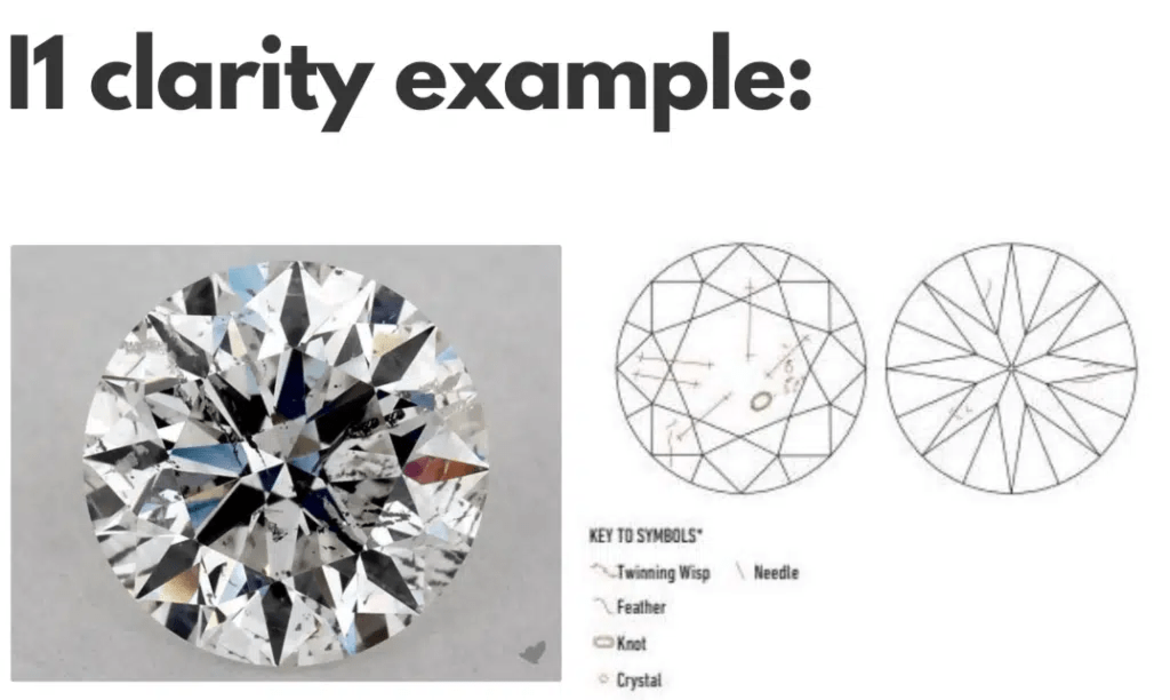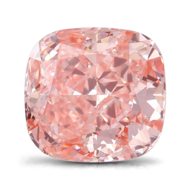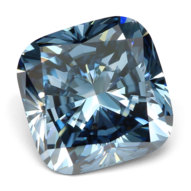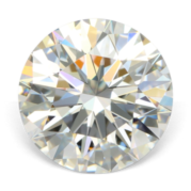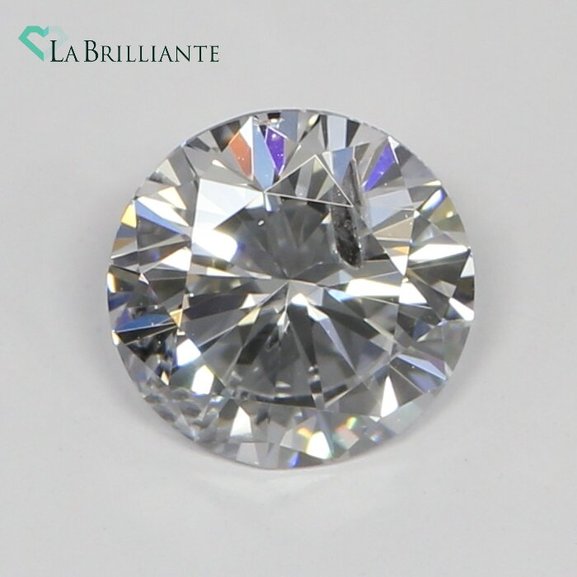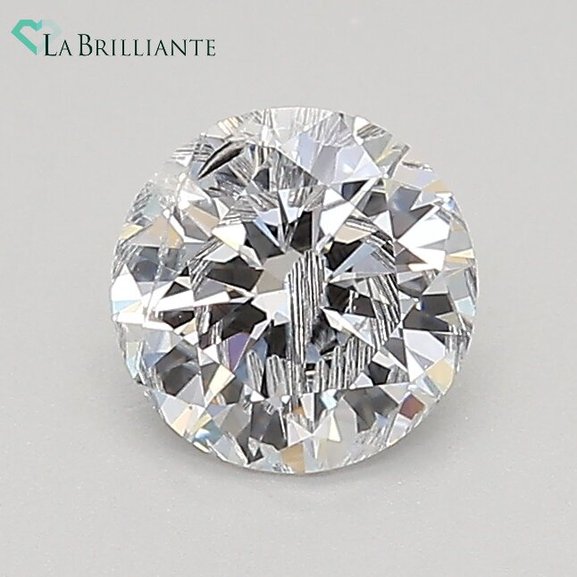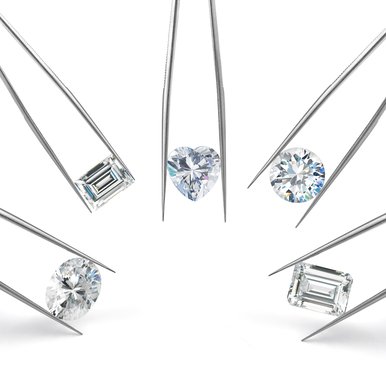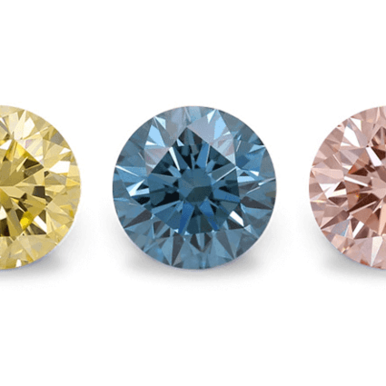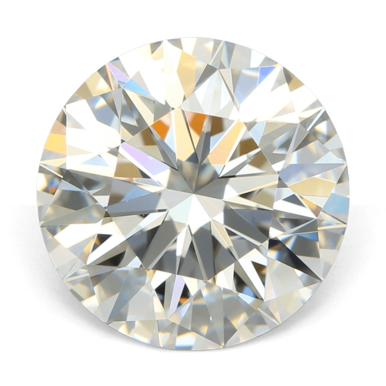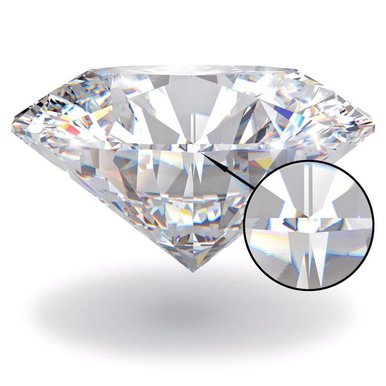A Complete Guide to I1 Clarity Lab-Grown Diamonds
So, what exactly does I1 clarity signify when it comes to diamonds? I1 clarity designates a diamond with minor inclusions that are visible to the naked eye. These inclusions, while perceptible, often offer a more economical choice compared to their higher-clarity counterparts, which come with substantially heftier price tags. To make an informed choice, having a good grasp of clarity grades is crucial, especially when you're in the market for an engagement ring.
But where does I1 clarity fit within the grand scheme of diamond clarity ratings? I1 clarity diamonds hold a position nine grades below the pinnacle of the clarity scale. The GIA diamond clarity assessment system meticulously examines diamonds based on the presence and concentration of what experts refer to as "clarity characteristics" within the gem, also known as inclusions. This is why I1 translates to "Included 1".
Generally, an I1 or lower clarity grade tends to have an impact on a diamond's fire and brilliance, often referred to as its "sparkle." This is primarily due to the substantial size and visibility of inclusions in such diamonds, which can hinder the passage of light through the gem.
For diamonds with even lower clarity ratings, there are the I2 clarity and I3 diamond clarity categories, with the latter representing the lowest officially recognized clarity grade for diamonds.
I1 diamonds come at a lower price point compared to higher clarity grades, making them a budget-friendly choice.
Optimal Diamond Shapes for I1 Clarity Gems
When considering I1 lab-grown diamonds, certain diamond shapes shine more brilliantly than others. Round diamonds are well-suited for I1 clarity due to their ability to conceal imperfections effectively. In contrast, diamonds with an Emerald or Baguette cut, characterized by step faceting, may be less forgiving, making clarity issues more conspicuous.

I1, I2, or I3 Lab-Grown Diamonds
As mentioned, in some rare cases, I1 diamonds may have inclusions that are relatively evenly dispersed around the edges of the diamond. Therefore, when the diamond is set, it can appear visually clean to the naked eye. On the other hand, I3 diamonds won't appear clean to the naked eye, and you should exercise caution if any seller offers them. It's important to understand that I2 and I3 diamonds are not suitable for use in high-quality jewelry. If a jeweler presents you with an I clarity diamond, make sure to ask for the specific grade, and if it falls below I1, it's advisable to reject it. In the case of an I1 diamond, closely inspect it with a jeweler's loupe and request to see the inclusion plot graph.
Is it Worth Buying an SI1 Lab-Grown Diamond?
I1 clarity diamonds are generally not synonymous with top-tier quality, particularly when they are intended for use as the central stone in an engagement ring. Many of these diamonds have noticeable imperfections that can significantly diminish the overall beauty and brilliance of the gem.
However, when it comes to smaller lab-created diamonds, commonly found in pavé bands or used as side stones, I1 diamonds can offer an acceptable choice. In fact, there is often little justification for seeking higher clarity grades for diamonds under 0.5 carats in size, as the imperfections in I1 or even I2 diamonds of this caliber are typically beyond the purview of the naked eye. Opting for I1 or I2 clarity for these smaller stones in a pavé ring or tennis bracelet can prove to be a judicious decision, allowing you to reallocate your budget toward other crucial qualities.


